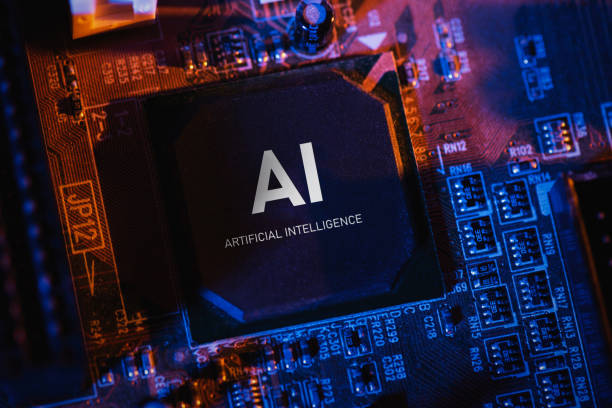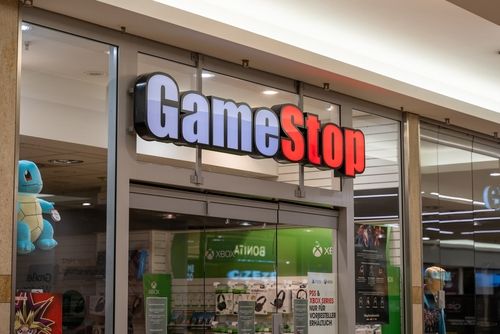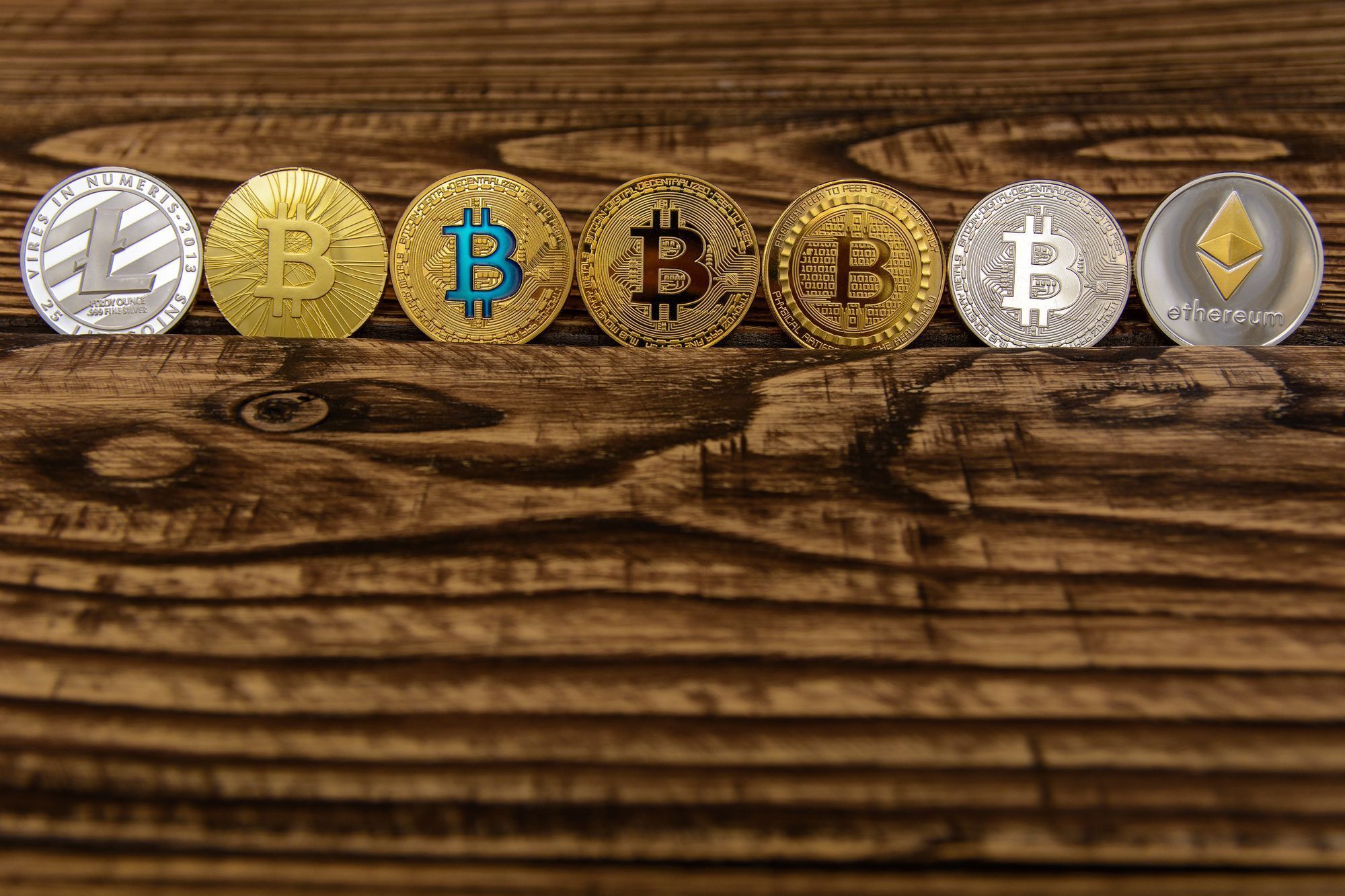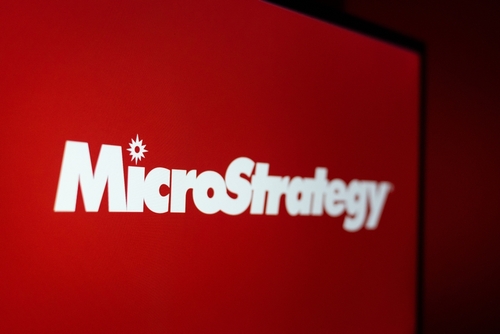[Reuters Analysis] Is today's AI boom bigger than the dotcom bubble?: McGeever


By Jamie McGeever
ORLANDO, Florida, July 22 (Reuters) - Wall Street's concentration in the red-hot tech sector is, by some measures, greater than it has ever been, eclipsing levels hit during the 1990s dotcom bubble. But does this mean history is bound to repeat itself?
The growing concentration in U.S. equities instantly brings to mind the internet and communications frenzy of the late 1990s. The tech-heavy Nasdaq peaked in March 2000 before cratering 65% over the following 12 months. And it didn't revisit its previous high for 14 years.
It seems unlikely that we'll see a repeat of this today, right? Maybe.
The market's reaction function appears to be different from what it was during the dotcom boom and bust. Just look at the current rebound from its post-'Liberation Day' tariff slump in early April – one of the fastest on record – or its rally during the pandemic.
But despite all of these differences, there are also some worrying parallels. Investors would do well to keep both in mind.
TOP 10 CLUB
The most obvious similarity between these two periods is the concentration of tech and related industries in U.S. equity markets. The broad tech sector now accounts for 34% of the S&P 500's market cap, according to some data, exceeding the previous record of 33% set in March 2000.
Of the top 10 companies by market capitalization today, eight are tech or communications behemoths. They include the so-called 'Magnificent 7' – Apple AAPL.O, Amazon AMZN.O, Alphabet GOOGL.O, Meta META.O, Microsoft MSFT.O, Nvidia NVDA.O and Tesla TSLA.O – as well as Berkshire Hathaway BRKa.N and JPMorgan JPM.N.
By contrast, only five of the 10 biggest companies in 1999 were tech firms. The other five were General Electric GE.N, Citi, Exxon XOM.N, Walmart WMT.N, and Home Depot HD.N.
On top of that, the top 10 companies' footprint in the S&P 500 .SPX today is much larger than it was back then. The combined market cap of the top 10 today is almost $22 trillion, or 40% of the index's total, significantly higher than the comparable 25% in 1999.
This all reflects the fact that technology plays a much bigger role in the U.S. economy today than it did around the turn of the millennium.
AI BUBBLE?
By some measures, the current tech boom, driven in part by enthusiasm for artificial intelligence, is more extreme than the IT bubble of the late 1990s.
As Torsten Slok, chief economist at Apollo Global Management, points out, the 12-month forward earnings valuation of today's top 10 stocks in the S&P 500 is higher than it was 25 years ago.
However, it's worth remembering that the dotcom bubble was characterized by a frenzy of public offerings and a raft of companies with shares valued at triple-digit multiples of future earnings. That's not the case today.
While the S&P tech sector is trading at 29.5 times forward earnings today, which is high by historical standards, this is nowhere near the peak of almost 50 times recorded in 2000. Similarly, the S&P 500 and Nasdaq are currently trading around 22 and 28.5 times forward earnings, compared with the dotcom peaks of 24.5 and over 70 times, respectively.
$3 TRILLION INVESTMENT HURDLE
With all that being said, a meaningful, prolonged market correction cannot be ruled out, especially if AI-driven growth isn't delivered as quickly as investors expect.
AI, the new driver of technological development, will require vast capital outlays, especially on data centers, which may mean that earnings and share price growth in tech could slow in the short run.
According to Morgan Stanley, the transformative potential of generative AI will require roughly $2.9 trillion of global data center spending through 2028, comprising $1.6 trillion on hardware like chips and servers and $1.3 trillion on infrastructure.
That means investment needs of over $900 billion in 2028, they reckon. For context, combined capital expenditure by all S&P 500 companies last year was around $950 billion.
Wall Street analysts are well aware of these figures, which suggests that at least some percentage of these huge sums should be factored into current share prices and expected earnings, but what if the benefits of AI take longer to deliver? Or what if an upstart (remember China's DeepSeek) dramatically shifts growth expectations for a major component of the index, like $4-trillion chipmaker Nvidia?
Of course, technology is so fundamental to today's society and economy that it's difficult to imagine its market footprint shrinking too much, for too long, as this raises the inevitable question of where investor capital would go. It's therefore reasonable to question whether a tech crash today would take well over a decade to recover from.
But, on the other hand, it's that type of thinking that has gotten investors into trouble before.
(The opinions expressed here are those of the author, a columnist for Reuters.)
Tech now a record 34% of S&P 500 market cap
Top 10 US firms' P/E ratio higher than top 10 in 1999
US tech is expensive, but nowhere near dotcom bubble expensive







